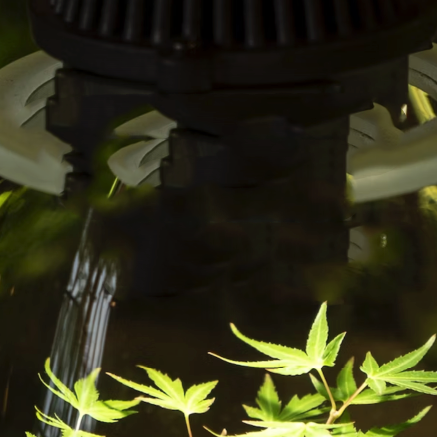When growing certain types of plants, it’s common for gardeners to keep male and female plants in separate locations. This allows the females to reach full maturity without getting pollinated, which in turn prevents the formation of seeds. The reason for this is that, when plants are not channelling energy into seeds, they instead channel it into generating flowers and fruits, which increases the flavours, aromas, and final weight of the end-product.
In this kind of environment, Hermaphrodites are a relatively common issue that can cause a lot of damage. Hermaphrodites occur when male pollen sacks develop on female plants, causing them to self-pollinate. Some plants are more prone to developing hermaphroditic characteristics than others, which is usually attributable to poor genetics, though pretty much any plant can develop the issue if given a stressful enough environment.
Luckily, Switch is an extremely low-cost way to solve an issue that can write off entire harvests, making it a very useful tool to have around. Adding a treatment in soon after the onset of flower (and once again ten days later) will solve the hermaphrodite problem once and for all. You can even use it after spotting male flowers; this will help to contain the issue and destroy any unwanted pollen sacks. Switch has an array of safe, non-toxic and non-carcinogenic ingredients that work by promoting the release of ethylene gas.
As the name suggests, hermaphrodite prevention is not the only use-case here. Switch gives plants a boost during the transition from veg to flower. After moving to a twelve / twelve cycle you can expect to see large numbers of super-dense flower clusters. The greater the number of flowers early on, the bigger the potential for fruit development further down the line.
To get the very best out of Switch, you should use it in conjunction with Transport, which pushes foliar feeds straight into the mesophyll layer, thus amplifying the effects. Transport also allows you to spray plants when the lights are on, which is something that’s generally not recommended. However, since plants absorb foliar feeds so much more efficiently when adding in Transport, fewer droplets form on leaves which prevents leaf-burn.

